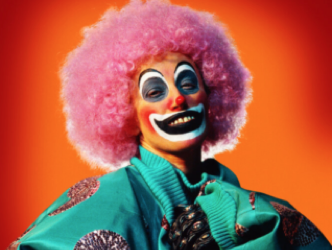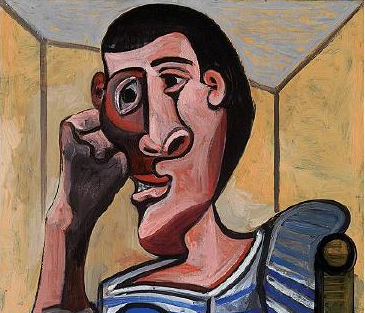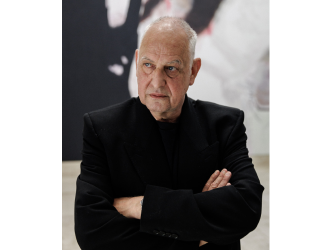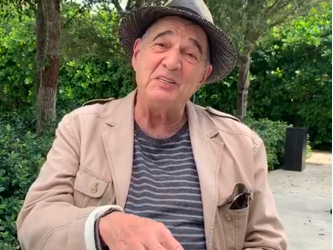
Pablo Picasso
Modern Treasures
For a long time Russia jealously guarded its modern art treasures, its breathtaking Matisses, the climactic sensations of its Monets, its radically cubist Picassos, the lost paradise of its Gauguins, without determining exactly where the paintings came from.

Vincent Van Gogh
Scattered at random
They were scattered almost at random across Moscow at the Pushkin Museum and the Tretyakov Gallery and the Hermitage Museum in Saint Petersburg. They could only be admired on site. They hardly travelled.
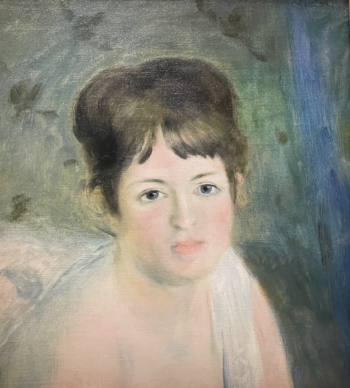
Auguste Renoir
From Shchukin and Morozov
However it was common knowledge, without knowing all the details, that the ensemble came from two visionary local collections dating from the beginning of the 20th century belonging to Shchukin and Morozov.

Paul Cézanne
The 2017 exhibition
The traumas of the Russian Revolution ensued, followed by the Second World War, Stalin’s reign of terror, the Cold War…It was only during preparations for the huge 2017 exhibition at the Fondation Louis Vuitton in Paris, and following interstate agreements, that scientific investigations were conducted to find out which was which and who had bought what between Sergei Shchukin and the Morozov brothers Ivan and Mikhaïl, who were all textile merchants. (See here the report about the 2017 exhibition).
1,2 million visitors
In 2017 the Shchukin exhibition drew 1.2 million visitors. After being postponed several times, the second episode of the great Parisian epic seeking to showcase these modern art collections formed in Russia is now underway.
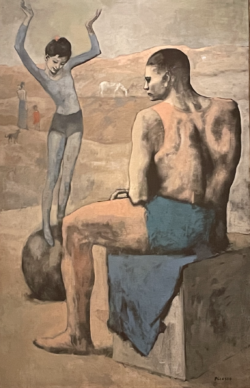
Pablo Picasso
40 convoys
As Jean Paul Claverie, administrator at the Fondation Louis Vuitton, explains it took no less than 40 convoys from Moscow and Saint Petersburg to transport the Morozov brothers’ spectacular ensemble to the Bois de Boulogne.
Anne Baldassari
According to the curator of the exhibition, Anne Baldassari, against all the odds “Shchukin and Morozov really did join forces for modern art.” Their aim, she points out, was to “eventually open a museum to display artists from the avant-garde”.
The importance of the new forms
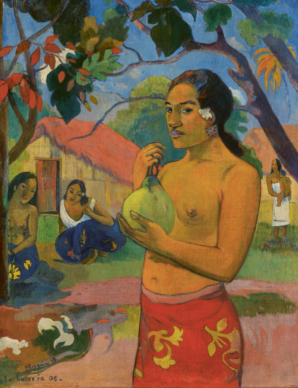
Paul Gauguin
Mikhaïl Morozov (1870-1903), the pioneer of the family, died at the age of 32 having not only made the family business a success but also having understood the importance of new forms of modern art, thanks to his frequent visits to the most cutting edge art dealers and critics in Paris. He had already acquired 39 French artworks.
230 works from the Parisian avant-garde
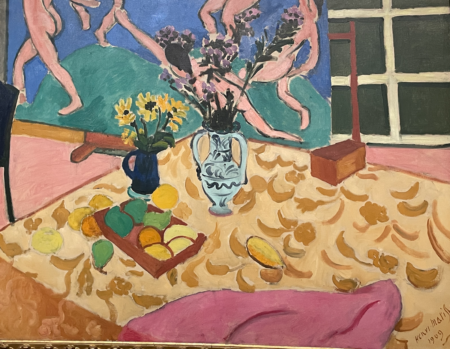
Henri Matisse
Ivan (1871-1921) followed suit and took up the baton in art as well as in business. With him in charge the collection grew to encompass 230 paintings and sculptures from the Parisian avant-garde, which would leave its defining mark on the history of art, to which he added 430 more works from the Russian avant-garde. He wanted them to be included in the great roll call of visionary creators.
Mikhail Dedinkin
Nevertheless, for Mikhail Dedinkin, deputy head of the Western European art department at the Hermitage Museum, Shchukin was fundamentally more of a visionary than the brothers.
The spirit of the collection

Paul Cézanne
The Fondation Louis Vuitton has selected 200 works to evoke the spirit of this bold collection, assembled right up until the Russian Revolution.
One room for Cézanne
An entire room is dedicated to Cézanne, referred to by Pablo Picasso as “the father of us all”. Here we see eighteen paintings, mainly of landscapes, which embody the vision of the Aix-born painter: geometric shapes, immersion in the sensations of nature, imbalanced compositions which have the effect of unsettling the viewer. Originally they were all kept in a secret office adjoining the apartments of the collector Ivan Morozov.
The music room

Maurice Denis
The foundation has also reconstructed Ivan Morozov’s music room, decorated by the French painter Maurice Denis, with its majestic 17-metre-high ceilings. The artist chose to illustrate the mythical story of Psyche (the beautiful princess who struggled to find a husband before meeting Eros), commissioned by the collector in 1907. And Maurice Denis recruited Maillol to contribute bronzes. The head of the Hermitage, Mikhail Piotrovsky, insists that these decorations won’t ever be travelling again after this…
A very special Van Gogh
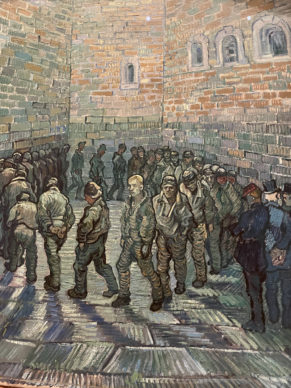
Vincent Van Gogh
An entire room at the foundation is dedicated to one of the most stunning yet lesser-known artworks there is. It is by Vincent Van Gogh. He made it while he was a patient at the psychiatric asylum at Saint Rémy in 1889. A far cry from his usual sources of inspiration, here he works from an engraving by Gustave Doré that he had been sent by his brother.
His self prison
It depicts a prison courtyard with men pacing up and down. The similarity of sentiment between the painter, considered to be mad, and these unfortunate figures is clear. The painter Emile Bernard comments: “Vincent found in the pages of his oeuvre this ‘Ronde des prisonniers’ (Prisoners’ Round), which seems to us to resemble his own prison, in his abyss of anguish and distress.” Here the Dutch artist created a painting that seems to foreshadow the German expressionists.
Matisse’s Moroccan triptych

Henri Matisse
In the series of works that produces chills there is also the Moroccan triptych made in 1912-1913 during Matisse’s second trip to Morocco. The blue of the three canvases pops with extraordinary power. It was his older compatriot Shchukin who invited Ivan Morozov to visit Matisse’s studio in 1910. A year later Ivan Morozov commissioned the painter to make two landscapes and a still life.
Zorah, the young prostitute

Henri Matisse
Matisse took all sorts of liberties. In the still life the central panel is in fact an interior scene in which Zorah, a young prostitute, acted as his model. We are led to believe that this painting held a major significance for the painter, who was able to describe it with precision 28 years later: “The painting of Zorah in a blue silk dress decorated with large gold crosses, on her right there is a goldfish bowl and on her left there are lemon-yellow sandals with a blue pattern. Only the sky and one corner of the wall are touched by the sun.” (1)
The history of art lovers, like the history of great art dealers, is now being fully integrated into the history of art.

Paul Cézanne
Until 22 February. www.fondationlouisvuitton.fr.
(1) Quote from Henri Matisse recorded by Pierre Courthion, 1941. Cited in the catalogue.
Donating=Supporting

Support independent news on art.
Your contribution : Make a monthly commitment to support JB Reports or a one off contribution as and when you feel like it. Choose the option that suits you best.
Need to cancel a recurring donation? Please go here.
The donation is considered to be a subscription for a fee set by the donor and for a duration also set by the donor.

